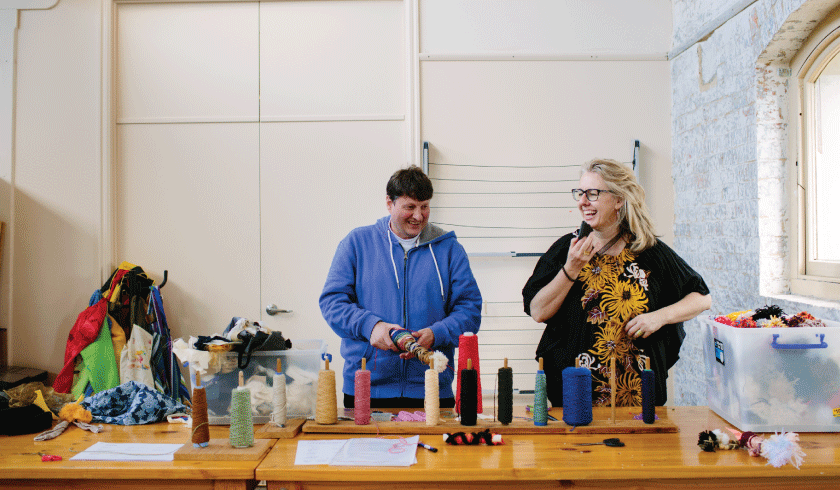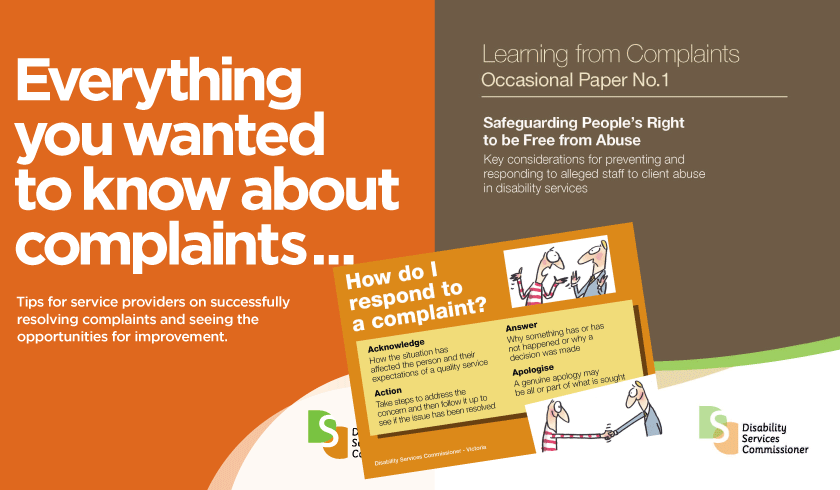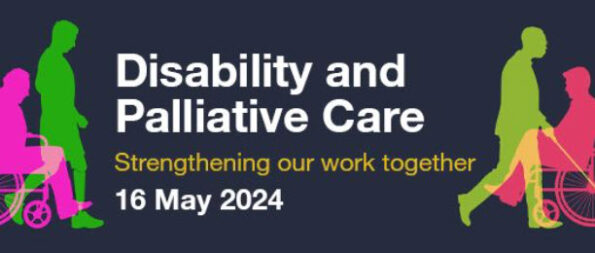Research tells us that preventing and responding to violence, abuse and neglect of people with disability requires a holistic approach to minimise harm and maximise control.
This includes:
- primary interventions that aim to prevent abuse in the first place
- secondary interventions that identify and respond directly to a person’s disclosures of abuse
- tertiary interventions that seek to remedy any negative or harmful consequences arising out of abuse and prevent its reoccurrence.
The need for a holistic approach is reinforced by the fact that culture, climate and leadership are key ways that relationships and environments can be created to provide safety for people at risk of abuse and exploitation. This is because abuse and exploitation depends on unequal power relationships to survive.
The settings where people with intellectual disabilities receive support can be considered unusual and remarkable communities. This is because there are numerous, often intertwined, relationships involving people with disabilities, families, support staff, managers, local communities, professionals, commissioners, regulators, policy makers and more.
The dynamics associated with these relationships may also explain why it seems so difficult for all of the groups of people involved to express concerns ranging from small day-to-day indignities to clear examples of poor practice.
Support staff seem to find it hard to challenge each other. Families worry about saying things that might be difficult. They may also be concerned about being perceived by staff or organisations as negative for fear of retribution. Such experiences are reflected in the Disability Services Commissioner data over a decade, and the many external inquiries that have pinpointed people’s reluctance to speak up when abuse is taking place.
Sometimes proposed solutions only worsen the problem. For example, increased regulation and paperwork and the resulting scrutiny can bring about a culture of fear or distrust. This can increase levels of occupational stress which in turn increases the propensity of staff to be more controlling in their interactions and so increases the risk of harm.
The role of prevention has been highlighted in research based at the University of Hull following the original publication of a set of ‘indicators of concern’. While important for learning, responding to abuse and investigating incidents may not address a fundamental question:
How can we reduce the tendency of services to find it difficult to value and accept the full humanity and experience of the people they are intended to support?
This need to build an evidence base was echoed in a La Trobe University literature review of best practice support in disability services for the prevention of abuse of people with disability that we commissioned. This review also highlights the value in moving from a ‘response-to-risk’ approach to a broader framework.
Back to top
Indicators of concern
As part of our inaugural forum about preventing and responding to abuse in September 2017 we invited Professor Peter Oakes from the United Kingdom to share his work on ‘Early Indicators of Concern’.
Professor Oakes highlighted the significance of workplace culture and noticing early indicators of concern to ‘help catch things early’. He has devised a simple tool to record concerns and observe interactions to help identify patterns that may signal an environment where abuse is more likely to occur.
Other interventions have also been suggested as relevant to the promotion of positive cultures in services. These interventions, which we are working on developing through a pilot program, include:
- the provision of effective supervision for support staff
- the role of creative arts in equalising power relationships and promoting communication for individuals who find verbal communication difficult
- the role of action learning sets to enable leaders to learn from each other in settings that are accountable and positive.
Indicators of Concern are just that: a series of indicators that might be noticed by those visiting a service or by the people who live and work there.
They may not be clear examples of harm or abuse that would trigger an investigation, but when put together they may represent a profile of a service that is at risk of abuse or neglect. The Indicators of Concern are a simple tool to record concerns and put them together with other observations in an effort to catch things early. They have been used for this purpose by several organisations and indeed they have been used to promote more general conversations about quality and the improvement of support.
Back to top













